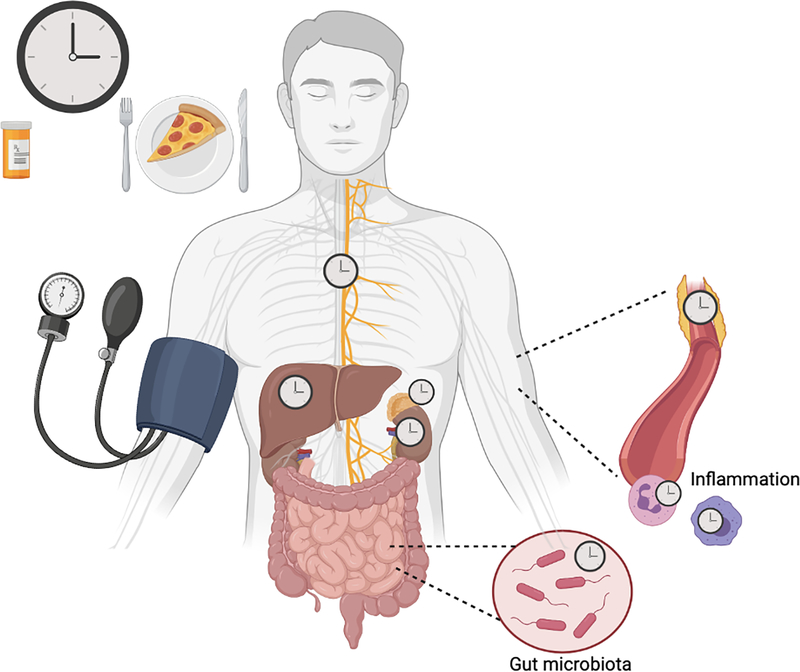Figure 2. Cellular circadian clocks throughout the body, entrained by food cues, contributing to the circadian rhythm of blood pressure.
Blood pressure has a 24-hour cycle, peaking during the day and dipping by 10–20% during the night. Studies in rodents and humans suggest peripheral clocks within the vasculature, liver, adrenal glands, kidneys, microbiota in the gut, immune system, and autonomic nervous system contribute to regulation of the circadian rhythm of blood pressure (BP). These peripheral clocks can be entrained by food cues therefore, time-of-day feeding could be important for BP rhythm. Dysregulation of the circadian rhythm of BP is associated with adverse cardiorenal outcomes and increased risk of cardiovascular mortality. There are ongoing clinical trials to determine if chronotherapy will be beneficial for hypertension management and this should be expanded to whether it can correct any losses of BP rhythm. Diagram created with Biorender.com.

